How is cold brew technology evolving?
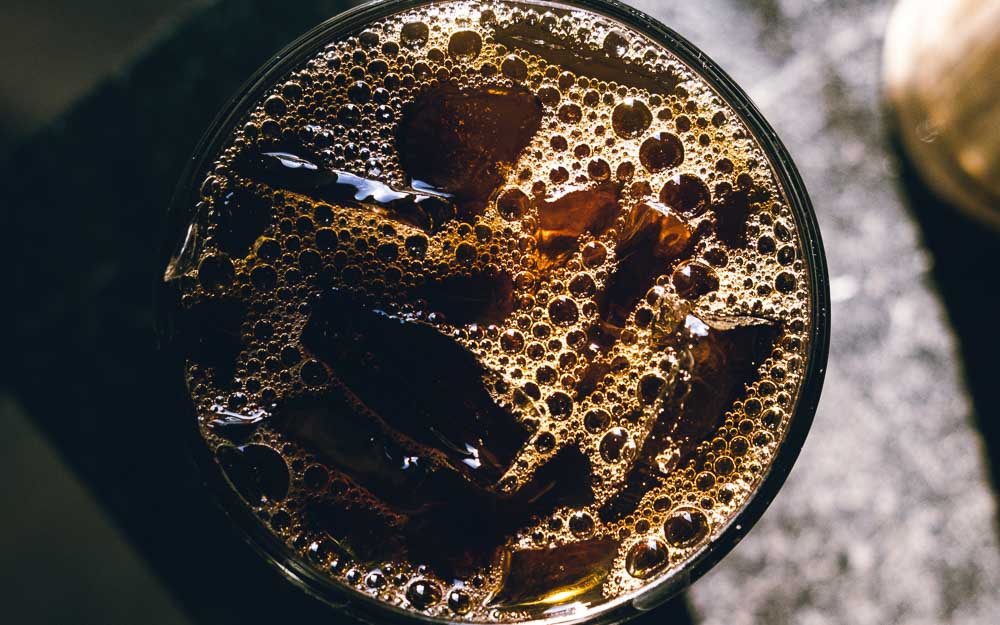
To say cold brew is popular is something of an understatement. According to Technavio, the value of the global coffee market will grow by 26.44% every year until 2025.
Despite the recent surge in cold brew consumption, this brewing method has been around for centuries – albeit in much more rudimentary forms.
However, in line with innovation across the coffee industry, the ways we prepare cold brew are evolving. Traditionally, it takes hours to make cold brew. But today, a growing number of brands offer solutions which extract cold brew within minutes.
To find out more about how cold brew technology has changed in recent years, I spoke to Roderick de Rode, founder of Spinn, and Brian English, General Manager at FREDDA. Read on for more of their insight.
You may also like our article on choosing a coffee for cold brew.
Understanding traditional preparation methods for cold brew
The first-ever record of cold brew dates back to the 16th century. During this time, Japanese sailors brewed coffee using cold water on ships, rather than hot water.
Since then, cold brew has become one of the most ordered beverages in coffee shops around the world – particularly in North America and Europe.
For the most part, the majority of coffee shops prepare cold brew by steeping coarsely ground coffee at low temperatures for anywhere between 12 and 24 hours. The coffee grounds are then filtered out, which results in a sweeter, less acidic coffee with a more mellow flavour profile.
To make cold brew this way, many coffee shops use large containers to prepare bigger batches. These need to be stored in refrigerators to comply with food safety standards, and must also be airtight to avoid contamination.
Challenges associated with these brewing methods
Although traditional cold brew methods can be cost-effective, they also present some unique challenges for coffee businesses.
Firstly, the large containers used for preparing cold brew require sufficient storage space, which can be challenging for smaller coffee shops.
Moreover, if coffee businesses want to sell high-quality cold brew, it must be served fresh at all times. However, after a certain amount of time, cold brew can start to oxidise – which negatively affects its flavours and aromas.
“Traditional cold brew is made using full immersion brewing, which takes a long time and can taste stale if left for too long,” Roderick says. “You can make a concentrate, but sometimes it’s difficult to achieve the desirable flavour profile.”
Waste is another concern. As most coffee shops make large batches of cold brew, they can easily lose out on money if stock is not managed correctly.
Brian points out that traditional brewing methods also leave little room for experimenting with different origins and processing methods.
“If you go into a specialty coffee shop and ask for an Ethiopian cold brew, it’s inconvenient for the baristas to brew 2 litres of it,” he explains.
How has cold brew technology changed?
With demand for cold brew only continuing to grow, it’s inevitable that companies have started to develop more efficient ways to prepare it.
Recently, there has been an increasing number of cold brew machine manufacturers which utilise technology to produce cold brew and concentrate within minutes as opposed to hours.
For example, Roderick tells me that the Spinn can extract cold brew in less than a minute. The machine uses centrifugal technology to extract coffee, and also includes a built-in grinder and roast profile recognition software.
Brian, meanwhile, explains that the FREDDA brewer relies on vacuum technology to prepare cold brew in around three minutes. The difference in pressure helps to speed up the rate of extraction.
However, these brewers aren’t the only options available on the market. Other brands of cold brew machine brands include:
Marco’s ColdBRU system, which prepares coffee concentrate in three hours or less
HardTank’s countertop font solution which can dispense cold brew and coffee concentrate
Torr Industries’ HIVE Brew, which uses controlled percolation technology to extract cold brew through a system of individual brewing chambers
The Osma system, which uses a combination of continuous circulation, agitation, and pressure to extract cold brew in around two minutes
When it comes to larger coffee chains, there is also a growing level of research and development into new cold brew technology. For instance, Starbucks is developing new systems to dispense, dilute, and chill its cold brew, thereby allowing baristas to prepare and serve it in four steps rather than the usual 20.
Advantages of new cold brew technology
For many coffee shops, the most obvious advantage of new cold brew technology is that extraction times can be reduced significantly. As a result, they can save on labour costs, and also free up time to focus on other areas of the business.
Furthermore, technology-driven cold brew solutions allow users to control different extraction variables – such as grind size, brew ratio, and temperature. Baristas can often change these variables using dedicated apps.
“These machines allow you to dial in more easily,” Brian says. “As long as you keep the grind size and dose the same, you can achieve the same consistent extraction every time.”
This means that baristas can also dial in different coffees more efficiently – getting the best results from each coffee.
Given that these machines can extract cold brew in just a few minutes, it’s important to understand whether or not it’s actually cold brew they’re producing. According to traditional standards which require prolonged extraction times, they may actually be making other beverages entirely.
Roderick explains that unlike flash brew (which is brewed hot before being rapidly cooled using ice), machines like the Spinn extract a product which is very similar to traditional cold brew. It does this by pushing water through finely ground coffee, spinning the centrifuge at around 4,500 RPM to produce a nitro-style cold brew.
“The machine can also slowly pulse water through finely ground coffee, and slowly spin the slurry for five to six minutes to create a more nuanced and delicate cold brew,” he adds. “Lighter roast profiles work best for this method.”
Considerations when using these machines
As with any brewing method, it’s essential to use high-quality coffee.
“You need to use great coffee from good roasters,” Brain tells me. “And when you get your brewing variables right for your chosen coffee, you can create really amazing beverages.
“It’s brought cold brew into the same realm as high-quality pour over coffee – and you don’t need to stand there with a kettle and pour water over the grounds,” he adds.
However, he emphasises that you often need to use higher doses than other brewing methods.
“You have to use much more coffee than when brewing hot,” Brian continues. “The ratio for filter coffee is about 55g per litre, but for the FREDDA, it’s around 92g to 110g per litre.”
Innovation is everywhere in the specialty coffee industry, and cold brew technology is no exception to the rule.
With a number of emerging methods for preparing cold brew – which improve efficiency and maintain coffee quality – it will be interesting to see how the brewing method evolves in the future.
Enjoyed this? Then read our article on how coffee shops can make cold brew more profitable.
Perfect Daily Grind
Want to read more articles like this? Sign up for our newsletter!
The post How is cold brew technology evolving? appeared first on Perfect Daily Grind.
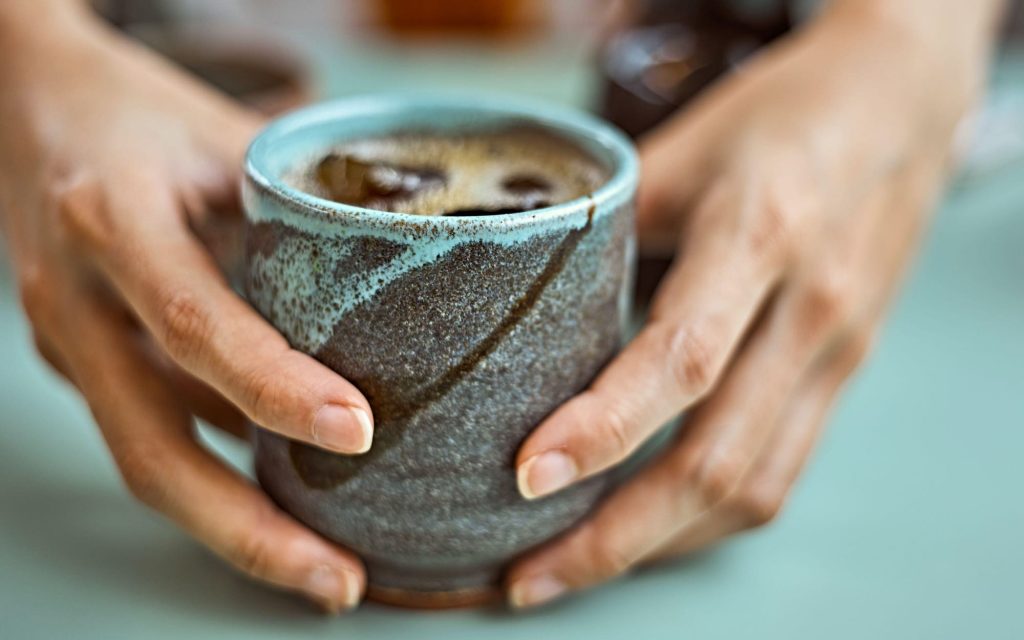
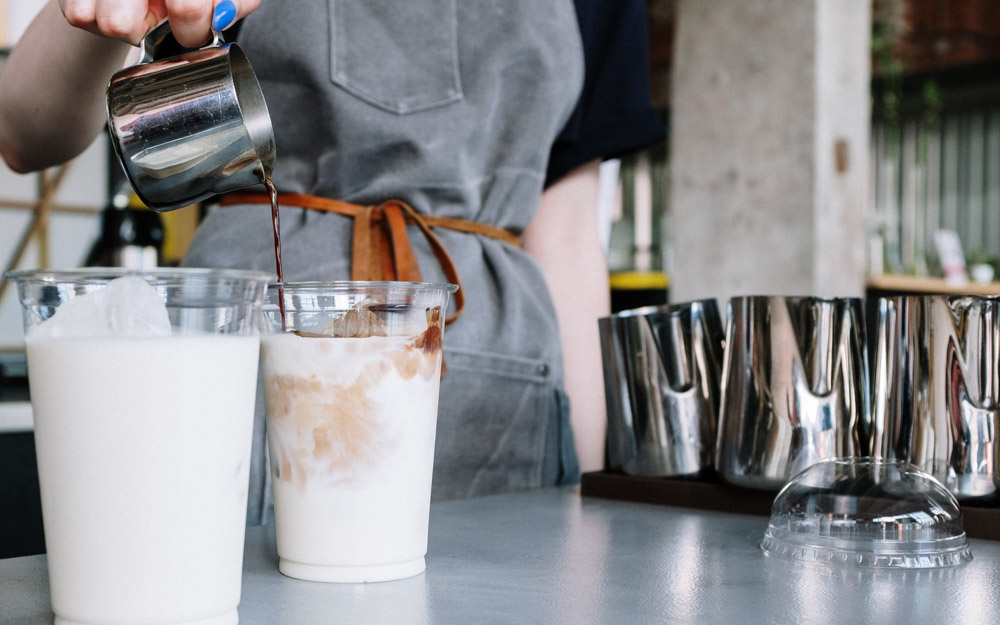
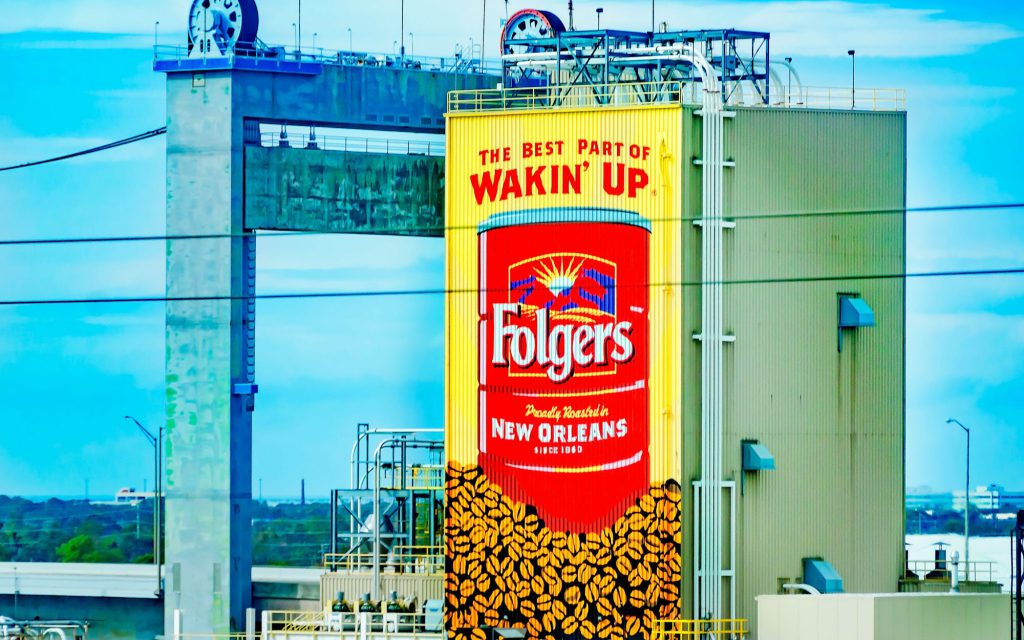
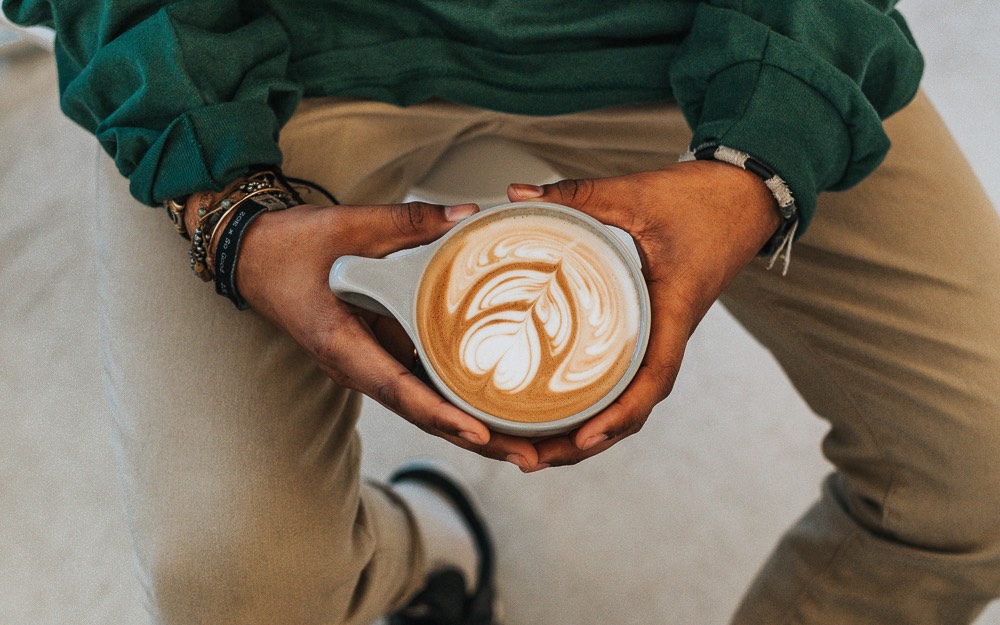
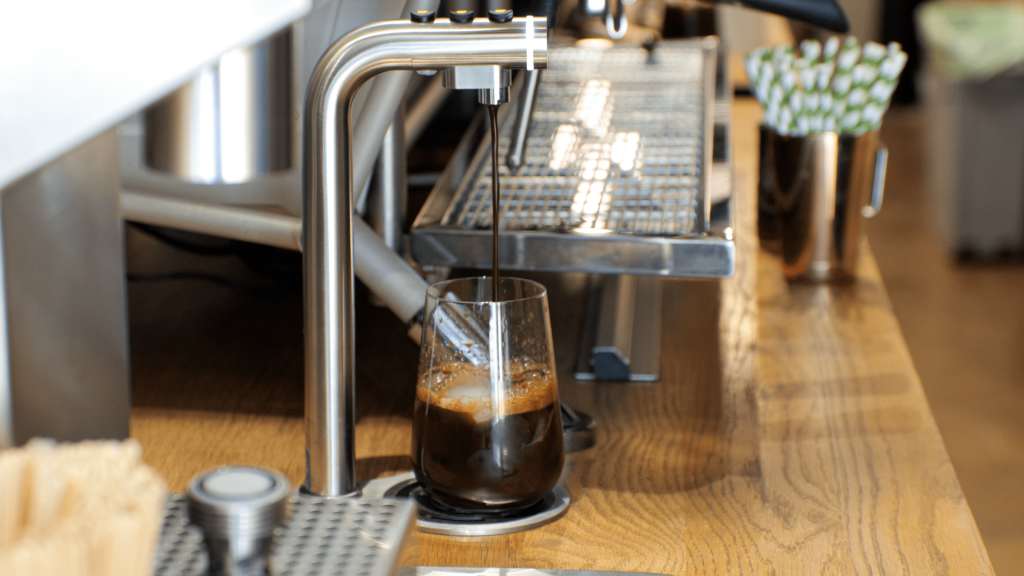
Responses